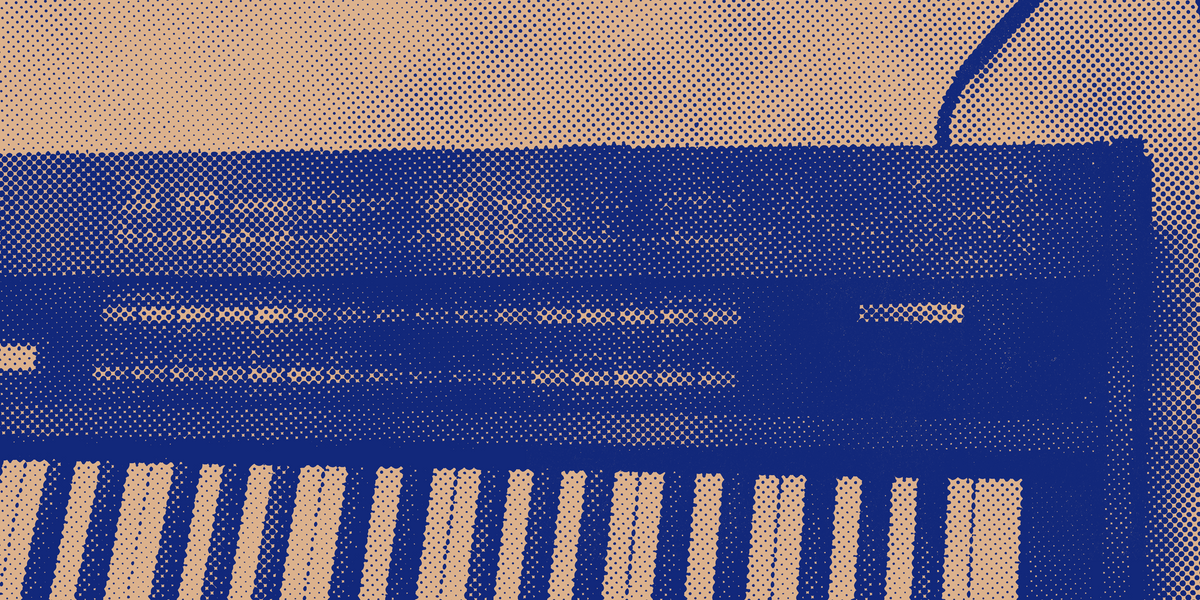The Yamaha DX7 that we loved (to hate and loved anew)
A revolution in digital audio. But an impossible one for many to program. This is the story of the DX7.

In the annals of music history, few instruments have had as profound an impact as the Yamaha DX-7. This iconic synthesizer, with its sleek design and revolutionary sound, forever changed the landscape of music production and performance. It was the harbinger of a new era, one that saw the end of analog synth sales and the rise of digital synthesis. Its influence is still felt today, echoing through the tracks of contemporary artists and producers.
The Birth of a Legend
The story of the Yamaha DX-7 begins with John Chowning, an American composer and music researcher at Stanford University. Chowning was not just a musician, but a pioneer in the field of computer music. His most significant contribution was the discovery of the algorithm for Frequency Modulation (FM) synthesis in 1967. This revolutionary method of sound synthesis allowed for the creation of complex waveforms, resulting in a wide array of unique sounds.
Recognizing the potential of FM synthesis, Yamaha, a company already renowned for its musical instruments, licensed Chowning's technology in 1973. This marked the beginning of a decade-long journey of research and development. Yamaha's engineers, led by Dr. Toshitada Doi, worked tirelessly to refine and perfect the technology. Their efforts culminated in the creation of the DX-7, which was unveiled to the world in 1983. It was the first fully digital synthesizer that was both affordable and accessible to the general public, marking a significant milestone in the history of music technology.
Design and Early Success
The Yamaha DX-7 was a marvel of design and engineering. Its sleek, futuristic design was a departure from the bulky, knob-laden analog synths of the past. The DX-7 featured a 61-key velocity-sensitive keyboard, a feature that was rare at the time. This allowed musicians to control the volume of the sound based on how hard they pressed the keys, adding a new level of expressiveness to their performances.
At the heart of the DX-7 was its FM synthesis engine. With six operators and 32 algorithms, it could generate a wide range of sounds, from crisp, bell-like tones to growling basses and ethereal pads. This versatility, coupled with its user-friendly interface, made the DX-7 a favorite among musicians and producers.
The DX-7 was an instant success upon its release. Its unique sound and affordable price (around $2000, a fraction of the cost of other synthesizers at the time) made it a hit among both professional musicians and hobbyists. It quickly became a staple in recording studios and concert stages around the world. Artists like Brian Eno, Phil Collins, and Whitney Houston all used the DX-7 on their hit records, cementing its place in music history.
Impact on Popular Culture and the End of Analog Synth Sales
The Yamaha DX-7 didn't just change the sound of music; it changed the culture. Its distinctive, digital tones became the soundtrack of the 80s, permeating through countless pop, rock, and electronic tracks. From the ethereal opening of Whitney Houston's "Greatest Love of All" to the haunting bassline of A-ha's "Take On Me," the DX-7's sonic fingerprint was everywhere. It was the sound of a new era, a digital revolution that was taking place not just in music, but in society at large.
The synthesizer's popularity also signaled a seismic shift in the music technology industry. Prior to the DX-7, analog synthesizers dominated the market. These instruments, with their complex arrays of knobs and switches, were capable of producing a wide range of sounds. However, they were also expensive, bulky, and prone to tuning instability.
The DX-7, with its digital technology, offered a compelling alternative. It was cheaper, more reliable, and more versatile than traditional analog synths. Its compact design and user-friendly interface made it accessible to a wider range of musicians, from professional studio producers to amateur bedroom artists.
The impact was immediate and profound. Sales of analog synthesizers declined sharply, as musicians flocked to the new digital technology. Companies that had once been giants of the analog synth industry, such as Moog and ARP, struggled to compete. Some, like Sequential Circuits, the maker of the Prophet-5, were forced to close their doors.
Yet, the end of the analog era was not the end of the story. The rise of the DX-7 and digital synthesis paved the way for a new wave of innovation in music technology. It spurred the development of new digital instruments and production tools, from samplers and drum machines to digital audio workstations. These technologies would further revolutionize music production, opening up new possibilities for creativity and expression.
In this sense, the DX-7's impact extends far beyond its contribution to the sound of the 80s. It was a catalyst for change, a harbinger of the digital revolution that would transform music and culture in the decades to come.
Ongoing Cultural Impact
The DX-7's influence extends far beyond the 80s. Its iconic sound can still be heard in contemporary music across various genres. From the lush soundscapes of Aphex Twin and Flying Lotus to the soulful melodies of James Blake, the DX-7 continues to inspire a new generation of artists and producers.
Moreover, the DX-7's FM synthesis technology has become a standard in digital music production. Modern software synthesizers often include FM synthesis options, a testament to the enduring legacy of the DX-7. This technology has allowed musicians to explore new sonic territories, pushing the boundaries of what is possible in music production.
In addition to its influence on music, the DX-7 has also left its mark on popular culture. It has been featured in movies, TV shows, and video games, further cementing its status as a cultural icon. The DX-7's distinctive sound is instantly recognizable, a testament to its lasting impact on the world of music and beyond.
In conclusion, the Yamaha DX-7 is not just a synthesizer; it's a symbol of musical innovation. Its unique sound and revolutionary technology have left an indelible mark on the music industry, influencing countless artists and shaping the sound of modern music. Even today, the DX-7'slegacy continues to resonate, proving that this iconic synthesizer is far from being a relic of the past. Instead, it remains a vital tool for musicians, a source of inspiration for artists, and a symbol of the endless possibilities of musical creativity.
Conclusion
The Yamaha DX-7 is more than just a synthesizer. It's a cultural icon. Its revolutionary design and sound changed the course of music history, marking the end of the analog era and the beginning of the digital age. Today, the DX-7's legacy lives on, its unique sound still resonating in the music of contemporary artists and producers. It stands as a testament to the power of innovation and the enduring impact of good design.


